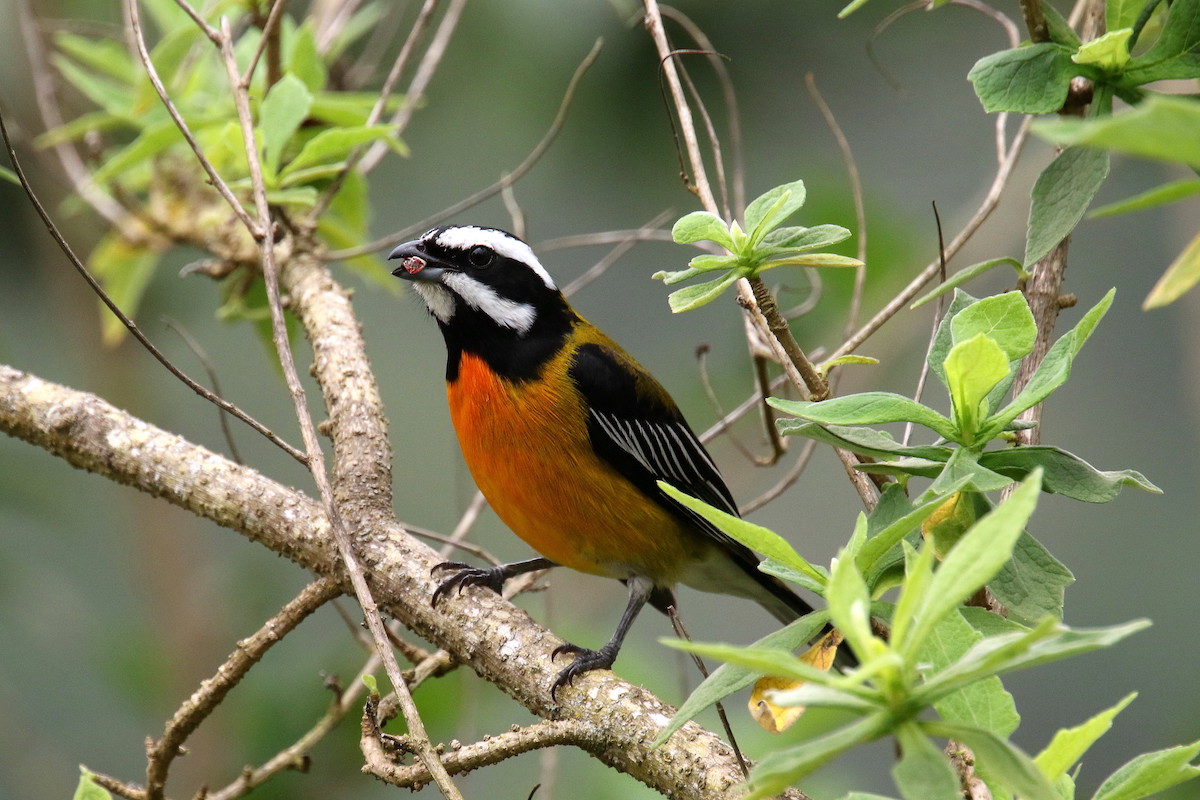Jamaica is the third largest island in the Caribbean with an area of 4,244 sq. miles and an approximate population of 3 million people.
Complex geological history, and a long history of climate change, has created a rich scope of habitats. From the coastal wetlands and the dense wet forests of the mountains with streams and waterfalls to the dry savannahs and rolling pastures, Jamaica boasts an astonishing diversity of climate, landscape and vegetation that provides the basis for the evolution of high levels of species diversity. This is reflected in many terrestrial groups of fauna and flora as well as birds. Jamaica has particularly high levels of endemism in many groups including plants, land snails, frogs and lizards.
Jamaica’s bird life is one of the most distinctive in the world. It is composed of about 307 species, including 127 breeding species and 180 migrants. Twenty-nine species are endemic—one of the highest totals in the world for oceanic islands of comparable size.
There are four endemic genera: Streamertails (Trochilus), Yellow-shouldered Grassquit (Loxipasser), Orangequit (Euneornis) andJamaican Blackbird (Nesopsar). There are also nineteen Jamaican endemic subspecies, three Caribbean endemic species, and fifteen Caribbean endemic races.
These birds are threatened by habitat loss and degradation through human activities, such as conversion of land for housing, tourism, industry and agriculture, and from hurricanes and climate change. BirdsCaribbean is aiding Caribbean nations and organizations in the conservation of these birds and their habitats. The Caribbean Birding Trail is but one of the ways we are showing residents and visitors the impacts of taking more than we save, consuming more than nature can produce. Your joining the Caribbean Birding Trail community aids us in getting this important message out.
Information for this page was sourced from A Photographic Guide to the Birds of Jamaica, by Ann Haynes-Sutton, Audrey Downer and Robert Sutton.























